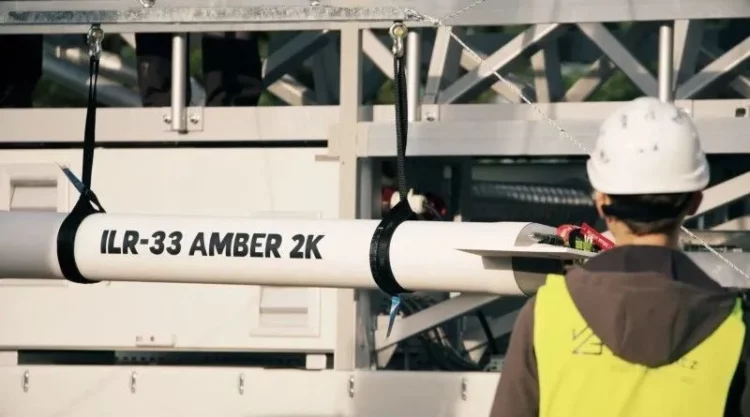In a landmark achievement for Polish space technology, the ILR-33 AMBER (BURSZTYN) 2K suborbital rocket successfully completed a test flight, reaching space for the first time. This historic event, conducted by the Łukasiewicz Research Network’s Institute of Aviation, signifies a significant advancement in Poland’s capabilities in space exploration.
The launch took place on July 3, 2024, from the Andøya Spaceport in Norway. According to Space24.pl, the rocket reached space, with the exact altitude still being verified. This milestone underscores the prowess of Polish engineers and marks July 3, 2024, as a pivotal date in the annals of Polish space achievements. Further detailed information about the test is anticipated soon.
Cutting-Edge Technology in Action
The ILR-33 BURSZTYN 2K is distinguished as the world’s first rocket to utilize 98% hydrogen peroxide as an oxidizer. Equipped with a state-of-the-art hybrid rocket engine and solid fuel engines, it integrates numerous innovative technologies that are poised to benefit other rockets. Among these innovations are the modular onboard computer OBC-K1, EGG1U pyronades, pyrotechnic valves, and the mobile autonomous launcher WR-2. All these components were developed by the Łukasiewicz Research Network’s Institute of Aviation.
Capable of reaching speeds of nearly 1.4 km/s, the rocket is intended for testing technologies for the space industry and conducting scientific research. The successful flight of the ILR-33 BURSZTYN 2K also showcases Poland’s potential to contribute significantly to international space projects.
The project received substantial financial support from the Polish Space Agency, underscoring the collaborative effort behind this achievement. The technologies developed under the BURSZTYN program have enabled Polish consortia to participate in numerous international rocket projects carried out by the European Space Agency, the European Defence Agency, and the European Defence Fund.
Future Prospects
The success of the ILR-33 BURSZTYN 2K test flight represents not only a monumental achievement for Polish engineers but also a significant step forward for Poland’s presence in the global space industry. This accomplishment is expected to open doors for more extensive participation in international space exploration and defense projects.
The breakthrough achieved by the ILR-33 BURSZTYN 2K highlights the growing capabilities of Poland’s space industry and sets a precedent for future technological advancements and collaborations. As the exact details of the flight’s altitude are confirmed, the significance of this achievement will be further underscored, solidifying Poland’s role in the forefront of space exploration.


















